Wealthy writer Stephen Byrne tries to seduce the family maid, but when she resists, he kills her. Long jealous of his brother John, Stephen does his best to pin the […]

Wealthy writer Stephen Byrne tries to seduce the family maid, but when she resists, he kills her. Long jealous of his brother John, Stephen does his best to pin the […]
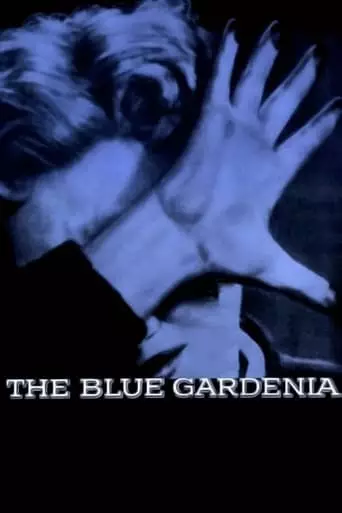
Upon waking up to the news that the man she’d gone on a date with the previous night has been murdered, a young woman with only a faint memory of […]

A man in search of revenge infiltrates a ranch, hidden in an inhospitable region, where its owner, Altar Keane, gives shelter to outlaws fleeing from the law in exchange for […]
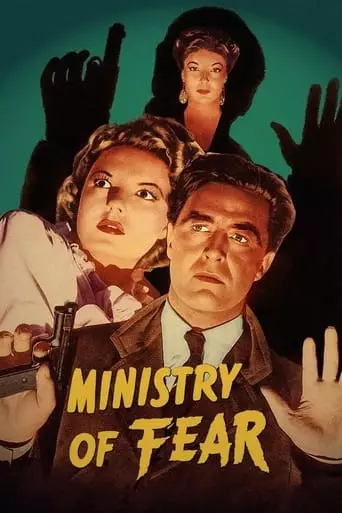
Stephen Neale is released into WWII England after two years in an asylum, but it doesn’t seem so sane outside either. On his way back to London to rejoin civilization, […]
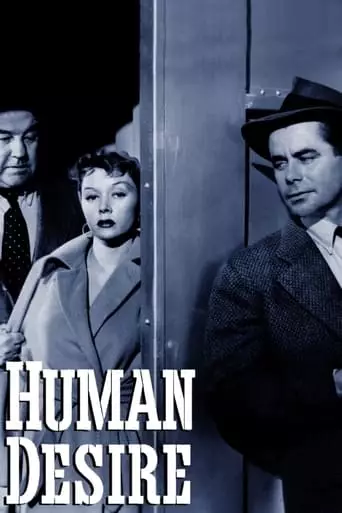
Jeff Warren, a Korean War vet just returning to his railroad engineer’s job, boards at the home of co-worker Alec Simmons and is charmed by Alec’s beautiful daughter. He becomes […]

Shortly before the start of WW2, renown British big-game hunter Thorndike vacationing in Bavaria has Hitler in his gun sight. He is captured, beaten, left for dead, and escapes back […]
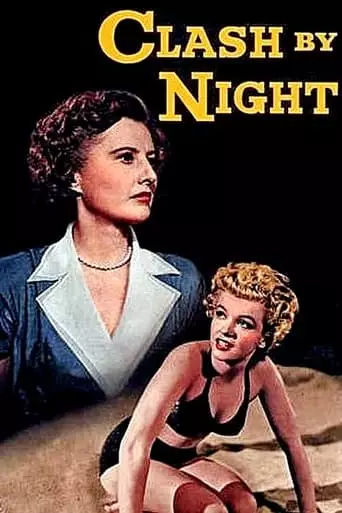
An embittered woman seeks escape in marriage, only to fall for her husband’s best friend.
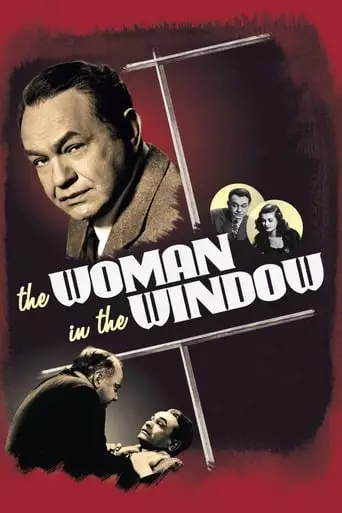
A seductive woman gets an innocent professor mixed up in murder.
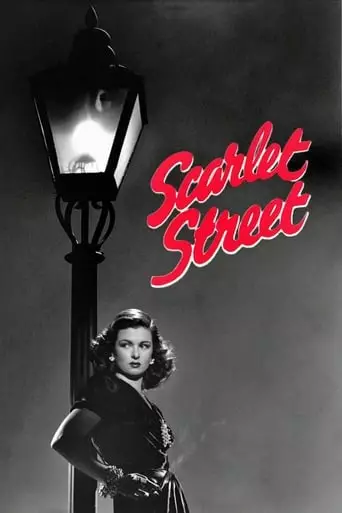
Cashier and part-time starving artist Christopher Cross is absolutely smitten with the beautiful Kitty March. Kitty plays along, but she’s really only interested in Johnny, a two-bit crook. When Kitty […]
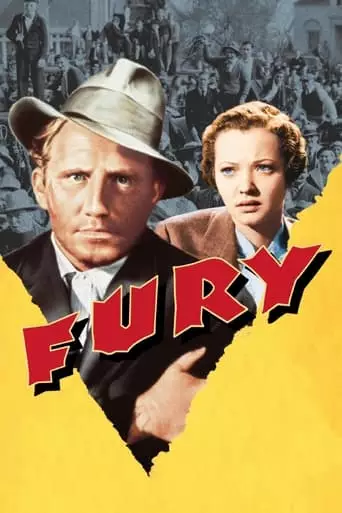
Joe, who owns a gas station along with his brothers and is about to marry Katherine, travels to the small town where she lives to visit her, but is wrongly […]
Fritz Lang: The Master Architect of Cinematic Expression
Fritz Lang, an Austrian-German filmmaker who later became an American citizen, is hailed as one of cinema’s greatest visionaries. Known for his pioneering work in the silent and early sound eras, Lang’s films blend intricate storytelling, bold visual innovation, and profound social commentary. With masterpieces such as Metropolis (1927), M (1931), and his contributions to film noir, Lang’s work has had a lasting impact on global cinema.
Early Life and Artistic Beginnings
Friedrich Christian Anton Lang was born on December 5, 1890, in Vienna, Austria-Hungary. Initially pursuing a career in architecture, Lang’s creative interests soon shifted toward the arts, particularly painting and screenwriting. His service in World War I, during which he was wounded and decorated, shaped the darker themes of human frailty and morality that would later permeate his films.
Lang’s entry into the film industry came after the war, when he worked as a writer before transitioning to directing. His collaboration with producer Erich Pommer and screenwriter Thea von Harbou (whom he later married) positioned him at the forefront of Germany’s Expressionist cinema movement.
The Expressionist Era: Masterpieces of Silent Cinema
Lang’s early films are hallmarks of German Expressionism, characterized by stylized visuals, dramatic lighting, and complex psychological themes.
Dr. Mabuse the Gambler (1922)
Lang introduced the iconic criminal mastermind Dr. Mabuse in this epic tale of power, manipulation, and chaos. The film’s depiction of societal corruption and psychological manipulation reflected the turbulent Weimar Republic era, establishing Lang’s reputation as a filmmaker unafraid to tackle grand, philosophical themes.
Metropolis (1927)
Metropolis is arguably Lang’s most iconic film and a cornerstone of science fiction cinema. Set in a dystopian future, the film explores themes of class struggle, industrialization, and human connection. Its stunning visual effects, massive sets, and pioneering use of miniatures and special effects remain influential to this day.
Though initially met with mixed reviews, Metropolis has since been recognized as a monumental achievement, influencing filmmakers such as Ridley Scott (Blade Runner) and George Lucas (Star Wars).
Spies (1928) and Woman in the Moon (1929)
Lang’s later silent films continued to push technical and narrative boundaries. Spies was an early precursor to the espionage thriller genre, while Woman in the Moon introduced realistic depictions of space travel, including the concept of a countdown, now a staple in rocket launches.
Transition to Sound: M and Social Realism
Lang’s first sound film, M (1931), is considered one of his finest works. Starring Peter Lorre in his breakout role, the film is a chilling psychological thriller about a child murderer hunted by both the police and the criminal underworld.
M marked a departure from Lang’s Expressionist roots toward a more grounded, social realist approach. Its innovative use of sound, particularly the haunting whistling motif, demonstrated Lang’s mastery of the new medium. The film’s exploration of mob justice and societal decay continues to resonate, solidifying its status as a cinematic classic.
Hollywood Years and Film Noir
With the rise of the Nazi regime, Lang fled Germany in 1933, emigrating first to Paris and then to Hollywood. His departure was spurred by his anti-fascist sentiments and his opposition to the propaganda-driven cinema favored by the Nazis.
In Hollywood, Lang became a prominent director of film noir, a genre well-suited to his fascination with moral ambiguity, fatalism, and shadowy aesthetics.
Fury (1936)
Lang’s first American film, Fury, stars Spencer Tracy as a man falsely accused of a crime and nearly lynched by a mob. The film is a scathing critique of mob mentality and the failure of justice, themes that echoed his earlier work in M.
Scarlet Street (1945) and The Woman in the Window (1944)
Lang’s noirs, such as Scarlet Street and The Woman in the Window, explored themes of obsession, guilt, and the destructive power of desire. These films are celebrated for their intricate plotting and visual style, featuring stark lighting and complex characters.
The Big Heat (1953)
One of Lang’s most acclaimed Hollywood films, The Big Heat, is a gritty revenge drama that delves into corruption and morality. Its intense violence and dark tone exemplify the noir aesthetic and cemented Lang’s reputation as a master of suspense.
Vision and Style
Lang’s films are characterized by:
Meticulous Visual Composition: Lang was a perfectionist, crafting elaborate set designs and employing innovative cinematography to create visually arresting images.
Psychological Complexity: His stories often delve into themes of guilt, power, and the human capacity for both good and evil.
Social Commentary: Lang’s films frequently addressed societal issues, including class struggle, corruption, and the fragility of justice.
Mastery of Suspense: Whether in silent films, sound dramas, or noirs, Lang had a gift for building tension and keeping audiences on edge.
Legacy and Influence
Fritz Lang’s influence on cinema is immeasurable. His early works helped define German Expressionism, while his Hollywood films contributed significantly to the development of film noir. Directors such as Alfred Hitchcock, Christopher Nolan, and Guillermo del Toro have cited Lang’s work as a major inspiration.
Lang’s exploration of moral ambiguity and societal dysfunction continues to resonate, and his innovative visual techniques remain a benchmark for filmmakers. His ability to combine grand, philosophical ideas with compelling storytelling ensures his films remain timeless.
Final Years and Death
After retiring from filmmaking in the early 1960s, Lang returned to Germany, where he lived until his death on August 2, 1976. Though his later works were less commercially successful, his artistic contributions were increasingly recognized and celebrated.
Conclusion
Fritz Lang’s career is a testament to his brilliance as a filmmaker and his unwavering commitment to exploring the depths of human experience. From the towering skyscrapers of Metropolis to the shadowy streets of M, Lang’s films are a masterclass in cinematic storytelling, combining technical innovation with profound emotional and intellectual depth.
As a pioneer of modern filmmaking, Fritz Lang’s legacy continues to inspire and captivate audiences, ensuring his place as one of cinema’s true visionaries.